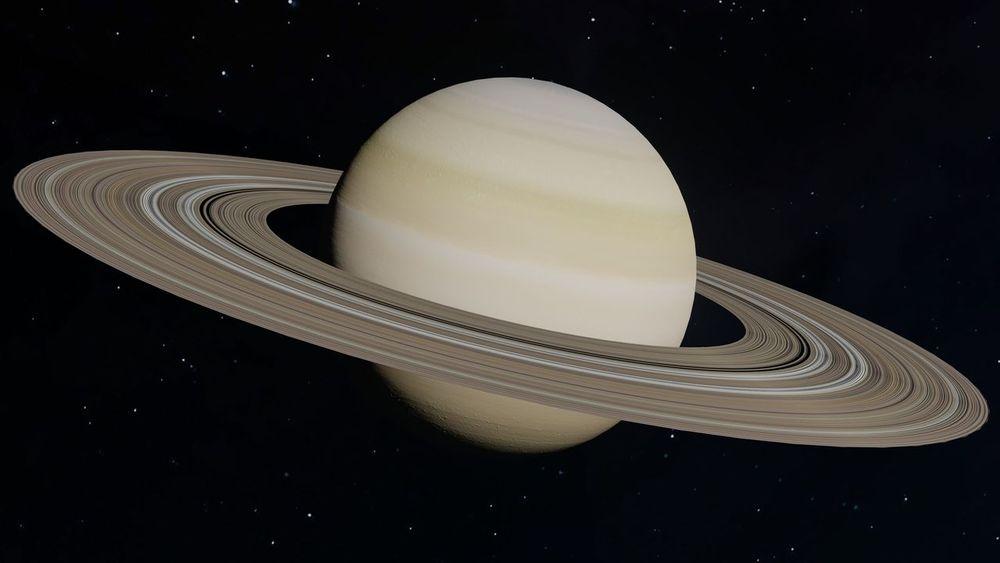The origin of Saturn’s rings continues to haunt astronomers. Fortunately, a new study sheds light on this mystery and provides a possible explanation for its existence. According to this new work, in the past there would have been an unexpected event responsible for the appearance of these rings that are so characteristic.
A publication made in The Astrophysical Journal provides an interesting point of view about the origin of the rings. The research has been carried out in close collaboration between the universities of Glasgow and Durham, as well as by NASA itself. Together they reveal that it could have been the collision of two giant moons that would have caused the rings to appear.
The importance of Saturn’s moons
Let’s think that Saturn has a huge number of moons with different characteristics. In the past, according to the simulations that have been carried out within this research, two of the largest moons would have collided. That powerful impact would have been what caused the rings to appear. The size of these moons is believed to be between 500 and 700 km, so they were at the same height as the two largest moons that currently exist on the planet: Dione and Rhea. It is unknown what caused the moons to collide, but what is known, according to this study, is the effect it had on their structure. Below, you can see a video simulation of what would have happened.
Thus, the impact caused between the moons would have generated a large amount of space debris that went on to form the structure of the rings. However, the information published in the report also indicates that not all the remains would end up inside the rings. The rest of them could have been what generated the appearance of new moons, some of which are obviously smaller in size than those that collided.
How have they discovered it?
The researchers leading this study have mentioned that they have used the valuable information obtained by NASA’s Cassini spacecraft, which is very likely to help solve many other mysteries related to Saturn. This aircraft entered the planet’s orbit in 2004 and remained there for more than 10 years performing various analyzes and collecting data that could be of great help in the future. However, it can be seen, taking into account that 20 years have passed since the beginning of the mission, that the use of this data and information is still something that requires a lot of time and effort.

Luckily, the work done by Cassini is reducing the distance between us and knowing everything about Saturn. It is no wonder, since NASA achieved several milestones in its use. For example, the spacecraft reached the surface of Saturn to do deep exploration, while also having the opportunity to pass through the planet’s rings. This data is being used in different ways. One of them is with the COSMA machine, which is located at the University of Durham, where they have been able to do several simulations with the intention of exploring the possible situations that Saturn encountered in the past. That is what, in this case, has provided the theory and explanation of how the rings were formed.
Thanks to these latest discoveries, as detailed by the scientists at the forefront, new avenues of exploration and research are opening up. We should not be surprised if, in a few years, we will have much more precise information on different aspects related to Saturn. We already know, for example, that some of Saturn’s moons could have environments where life existed.















